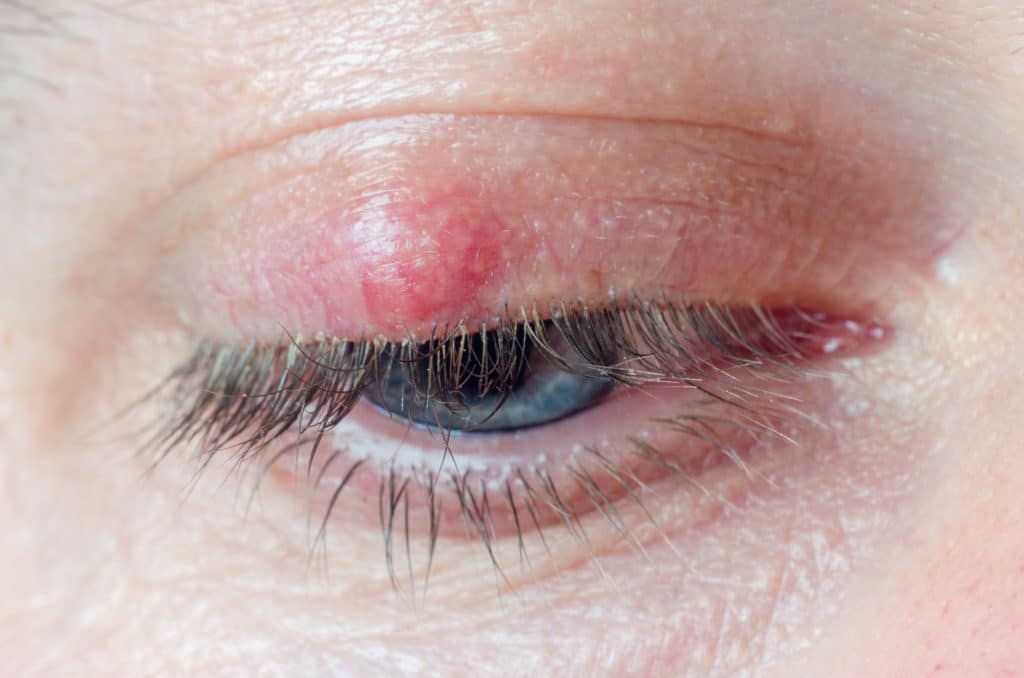Disclaimer [ENGLISH]
Disclaimer : This material is for educational purposes only. You, the reader, as...
Disclaimer: This material is for educational purposes only. You, the reader, assume full responsibility for how you choose to use it. It is not intended to provide medical advice, diagnosis or treatment, nor does it replace the advice or counsel of a doctor or health care professional. Reference to a specific commercial product or service does not imply endorsement or recommendation of that product or service by CPCMG.
What is a chalazion?

- Swelling of the eyelid.
- Usually starts out as a small bump that may have mild tenderness.
- Grows over time, can expand to a pea size or larger. It usually does not cause any pain.
- Usually, but not always, happens on the upper eyelid.
- It is caused by inflammation of a gland in the eye.
- It is less common in kids than adults.
- If your child has been diagnosed with tuberculosis or seborrhea, they may be more likely to get them.
- Can be caused by viruses.
What are the symptoms of a chalazion?
- A small red bump on the eyelid usually gets bigger over time.
- Usually painless, or only slightly tender in the beginning.
- If large enough it may start to cause trouble with your child’s vision.
What is the treatment for a chalazion?

- Warm compresses and gel packs can be used.
- The use of warm gel packs is most helpful for 15 minutes four times per day.
- Usually, it will resolve without treatment.
- It is okay to gently massage the area if your child can tolerate it.
- If your child does start to complain of pain your child may need antibiotics.
- You can give Tylenol or ibuprofen (where age appropriate) as needed.
- In some cases, your child’s primary care provider may refer your child to an ophthalmologist for more specialized care.
How do I prevent my child from having a chalazion?
- There is no specific way to prevent a chalazion.
- Encourage lots of good hand washing.
- Encourage your child to keep their hands away from their eyes.

When to contact your child’s healthcare team:
- Your child is complaining of eye pain.
- Your child has eye swelling and fever.
- Your child complains of trouble seeing.
- Your child has been prescribed a treatment and your child is getting worse.
- You think your child needs to be seen.
This publication was adapted from information within American Academy of Pediatrics Patient Education Handouts, UpToDate Guidelines and Healthychildren.org
Reviewed by: TT D.O, AR D.O. | 04/2024


